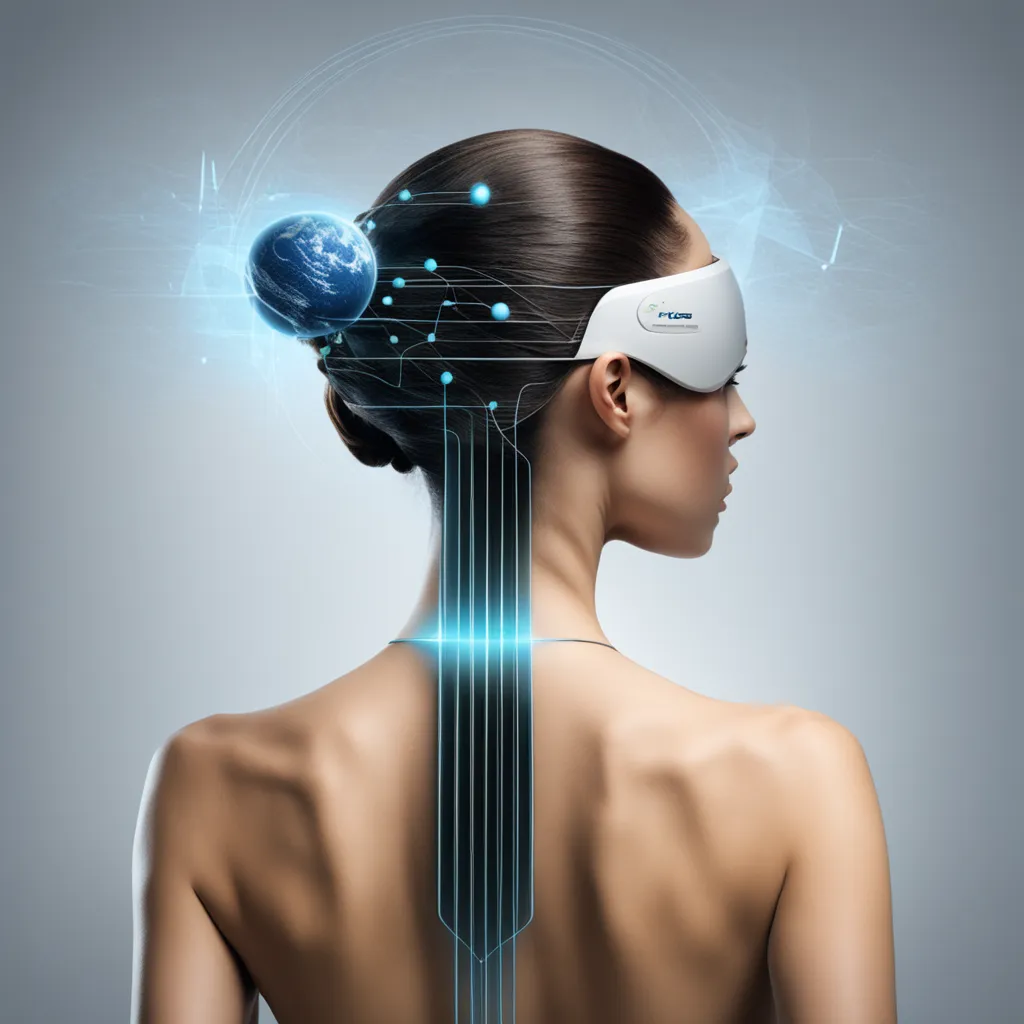Biofeedback Technology: Tools for Stress Management
In the fast-paced world we navigate today, stress has become an inevitable companion for many. The demands of work, personal responsibilities, and the constant influx of information can take a toll on mental well-being. In the pursuit of stress management strategies, biofeedback technology emerges as a promising ally. This cutting-edge approach empowers individuals to monitor and regulate physiological responses, offering a personalized path to stress relief.
Understanding Biofeedback Technology:
Biofeedback involves the use of electronic monitoring to provide real-time information about physiological processes. This data enables individuals to gain awareness and control over bodily functions that are typically involuntary, such as heart rate, muscle tension, and skin temperature. Biofeedback devices, ranging from wearable sensors to sophisticated medical equipment, offer insights that can guide stress management practices.
Key Components of Biofeedback Technology:
- Electrodermal Activity (EDA) Sensors: EDA sensors measure the electrical conductance of the skin, providing information about stress levels. Increased skin conductance is often associated with heightened emotional arousal, making EDA a valuable metric for stress assessment.
- Heart Rate Variability (HRV) Monitors: HRV monitors track variations in the time intervals between heartbeats. Higher HRV is linked to better stress resilience and overall cardiovascular health. Biofeedback utilizing HRV can guide individuals in achieving a balanced and adaptive physiological state.
- Electromyography (EMG) Devices: EMG devices measure muscle activity and tension. Monitoring muscle tension in real-time allows individuals to identify and address areas of physical stress, such as those in the neck and shoulders.
- Temperature Biofeedback: Some biofeedback devices measure skin temperature changes, offering insights into circulation and stress-induced vasoconstriction. Warm hands, for instance, are associated with a relaxed state.
Applications of Biofeedback in Stress Management:
- Mind-Body Connection: Biofeedback enhances the awareness of the mind-body connection by providing concrete data on physiological responses. This awareness empowers individuals to consciously influence their bodily functions through relaxation techniques and mental strategies.
- Customized Stress Reduction Plans: The personalized nature of biofeedback allows for the development of tailored stress reduction plans. Individuals can use the real-time feedback to experiment with various relaxation techniques and determine what works best for them.
- Progress Tracking: Biofeedback technology enables users to track their stress levels over time. This tracking not only highlights patterns and triggers but also serves as a motivational tool by showcasing progress in stress reduction efforts.
Benefits of Biofeedback for Stress Management:
- Non-Invasive and Drug-Free: Biofeedback offers a non-invasive and drug-free approach to stress management. It provides individuals with tools to regulate their physiological responses naturally.
- Enhanced Relaxation Response: By using biofeedback to identify stressors and practicing targeted relaxation techniques, individuals can cultivate a more efficient and rapid relaxation response, mitigating the impact of stress on the body.
- Improved Mental Well-Being: Regular use of biofeedback for stress management has been associated with improved mental well-being. Reduced stress levels contribute to better overall mood, cognitive function, and resilience.
Incorporating Biofeedback into Daily Life:
- Mindful Breathing Exercises: Biofeedback often emphasizes the importance of conscious breathing. Engaging in mindful breathing exercises, such as diaphragmatic breathing, can help regulate stress responses.
- Progressive Muscle Relaxation (PMR): Biofeedback technology can guide individuals through progressive muscle relaxation exercises. PMR involves systematically tensing and then relaxing different muscle groups, promoting overall relaxation.
- Biofeedback Apps and Wearables: Mobile applications and wearable devices equipped with biofeedback capabilities make it convenient for individuals to integrate stress management into their daily routines. These tools offer flexibility and accessibility.
Conclusion:
Biofeedback technology stands at the forefront of stress management, providing a bridge between awareness and control over physiological responses. As individuals embrace these tools, they embark on a journey toward understanding and mastering their stressors. In a world that often seems relentless, biofeedback offers a beacon of empowerment, allowing individuals to navigate the challenges of modern life with resilience and poise.<







